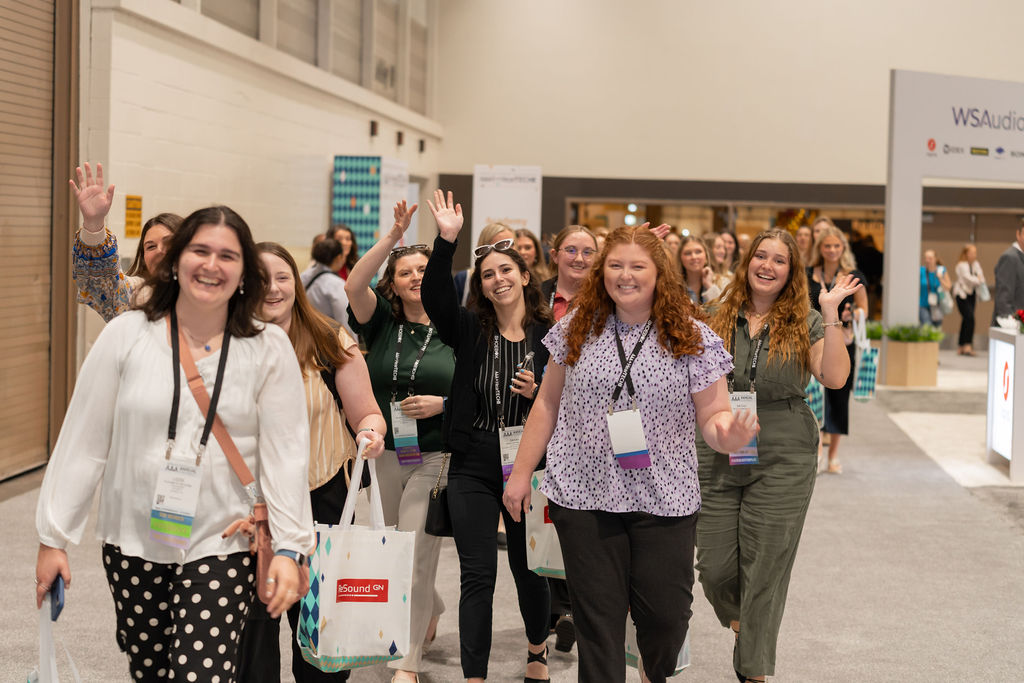Severe bilateral vestibular loss (BVL), regardless of etiology, often is accompanied by significant, chronic symptoms of general imbalance, instability, and blurred vision (oscillopsia) with head movement. These symptoms necessitate lifestyle changes, and possible discontinuation of certain everyday activities. Furthermore, patients become reliant on visual and somatosensory cues to maintain balance.
This creates significant functional impairment when walking in dimly lit environments, traversing uneven surfaces, driving, and jogging. Unlike unilateral vestibular impairments, the vestibular ocular reflex (VOR) in BLV patients cannot be salvaged by the contributions of the still functioning side by the process of compensation. However, there is new hope for BVL patients as an ongoing clinical trial is promising partial, long-term restoration of VOR gain in subjects fit with a unilateral vestibular implant.
The multichannel implant was developed by a team of researchers at Johns Hopkins School of Medicine and is like a cochlear implant in that an internal electrode array is surgically placed, and an external processor is magnetically coupled. Three electrodes are placed to stimulate the cupulae of each semicircular canal (lateral, posterior, and anterior). The study reports that four human subjects with ototoxic BVL have been tracked between 350–812 days of continuous use of the device.
All subjects have shown growth and at least partial restoration of VOR gain in all three vectors associated with semicircular canals stimulated. Additionally, subjects currently enrolled report reduction of chronic symptoms and are resuming activities they were previously unable to perform. While initial results are promising more subjects are needed to enroll in the ongoing clinical trial before the device becomes a viable option for BVL patients.
Reference
Boutros PJ, Schoo, DP, Rahman M, et al. (2019) Continuous vestibular implant stimulation partially restores eye-stabilizing reflexes. JCI Insight. 4(22): e128397.
Recent Posts
Your Professional Growth Starts Here
Ready to level up your career? You told us professional and leadership growth matters—especially for those newer to the field and eager to build their…
Termination of Federal EHDI Grants
Earlier this week, the Academy learned that seven federal cooperative agreements funded by the U.S. Health Resources and Services Administration (HRSA) are being terminated. Despite…
Discover What’s New (and Worth the Trip) at AAA 2026
We’re gearing up for an unforgettable convention, and we’re excited to share what’s new in San Antonio! This year’s convention brings fresh programming, expanded learning…


